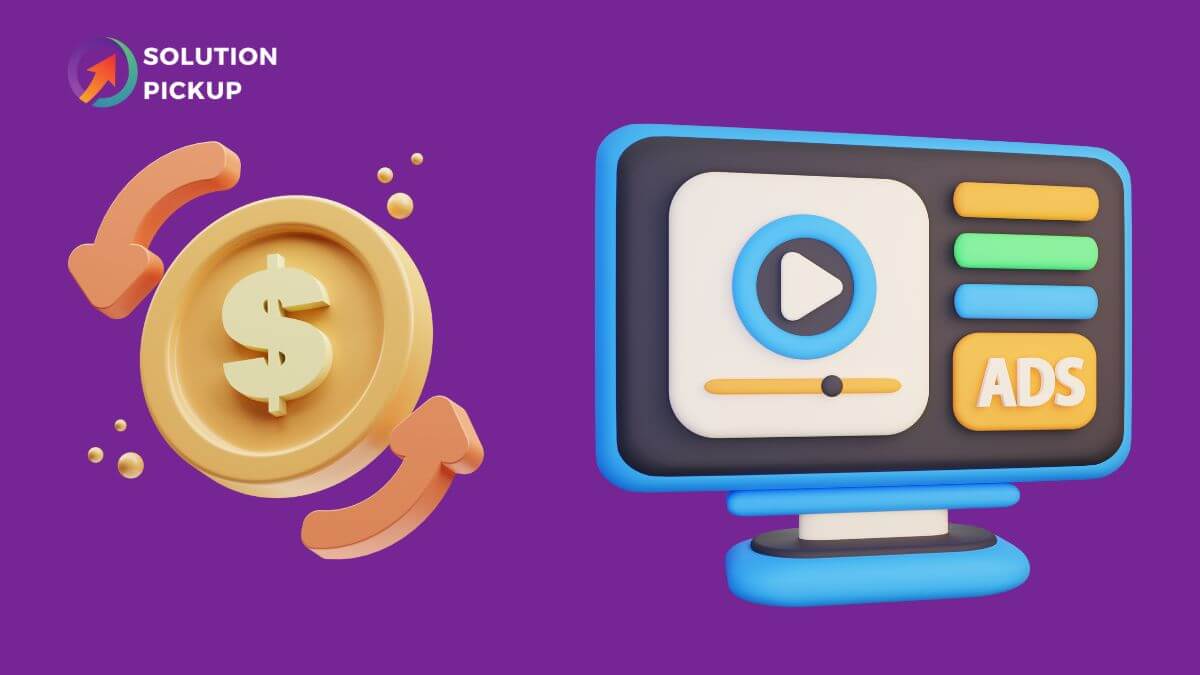Businesses need to understand the return on investment (ROI) of their advertising spend to determine the effectiveness of their Google Ad campaigns.
Google Ads is one of the most popular online advertising platforms, and it can be an effective way to drive traffic and generate leads.
For more effective advertising, we’ll explore what Google Ads ROI is, how it’s calculated, and how to improve it.
What Is Google Ads ROI?
Your advertising spending effectiveness is measured by comparing the amount of revenue generated by your ad campaigns to the amount of money you invested in them. Google Ads revenue is divided by ad spend to calculate ROI.

How Is Google Ads ROI Calculated?
Calculating the ROI of Google Ads is as easy as following this formula:
ROI = (Revenue – Cost) / Cost
The ROI calculation would be as follows if a company spends $1,000 on Google Ads and generates $2,500 in revenue:
ROI = ($2,500 – $1,000) / $1,000 = 1.5 or 150%
This means that for every dollar spent on Google Ads, the business generated $1.50 in revenue.

Factors Affecting Google Ads ROI:
Google Ads ROI can be affected by several factors, including:
Ad targeting:
Your ads will likely generate conversions and drive revenue if targeted to the right audience.
Ad copy and design:
A well-written ad copy and a well-designed campaign can increase click-through rates (CTRs) and conversions, increasing revenue.
Landing pages:
Optimizing landing pages is possible to improve the user experience and increase conversions.
Competition:
Ad costs and ROI can be affected by high competition in your industry.
Seasonality:
Your Google Ads ROI will be impacted if your business is competitive or lucrative at certain times of the year.
How to Improve Your Google Ads ROI?
The following strategies can help you increase the ROI of your Google Ad words campaigns:
Optimize your targeting:
Use demographic and geographic targeting to ensure your ads are relevant to your target audience.
Improve your ad copy and design:
Optimize for high conversions and click-through rates by testing different ad variations.
Optimize your landing pages:
Make your landing pages user-friendly and optimized for conversions.
Monitor and adjust bidding strategies:
Monitor your advertising performance and adjust your bidding methods to maximize ROI.
Use conversion tracking:
Take data-driven decisions about your advertising spend by measuring the impact of your campaigns with Google’s conversion tracking tools.
The Importance of Google Ads ROI:
You can measure and improve your advertising campaigns to get the most out of your advertising budget and get the best return on investment.
You can measure and improve your advertising campaigns to get the most out of your advertising budget and get the best return on investment.
How to Set Goals for Google Ads ROI?
Setting clear campaign goals and objectives is important to measure your Google Ads ROI accurately.
Define your target ROI:
Identify your business and financial objectives to determine the ROI you want for your campaigns.
Track key metrics:
Assess the effectiveness of your campaigns by monitoring key metrics such as click-through rates, conversions, and revenue.
Analyze your data:
Take data-driven decisions about your advertising budget through regular analysis of your campaign data.
Understanding Lifetime Value (LTV):
As a customer, you expect them to bring in a certain amount of money. By targeting high-value customers and maximizing your ROI, you can optimize your Google Ads campaigns by understanding LTV.
Key Performance Indicators (KPIs) for Google Ads ROI:
Consider tracking the following KPIs for effective ROI measurement of Google Ads campaigns:
Click-through rate (CTR):
In other words, it is the percentage of people who click on your ad after seeing it.
Conversion rate:
You can measure this by the percentage of people who complete an action on your website after they click on your ad after clicking on it.
Cost per click (CPC):
In terms of your average Cost per click on your ad, this is what you pay per click.
Return on ad spend (ROAS):
The amount of money spent on advertising directly correlates with the amount made.
Tips for Improving Google Ads ROI:
Business owners can improve the return on investment of their Google Ads campaigns by implementing several strategies, such as:
Target high-value keywords:
Ensure that you focus on keywords with a high conversion rate and relevant to your business.
Optimize ad targeting:
Targeting your advertising based on location, device, and demographics is possible to reach the right audience.
Improve ad copy:
If you have a product or service that will benefit your target audience, you need to write compelling ad copy that will highlight the benefits of your product or service.
Test and refine campaigns:
Make sure you regularly test and refine your campaigns to determine what works best and make informed decisions about your advertising budget based on your data.
Implement conversion tracking:
Tracking conversions is a valuable tool for measuring the effectiveness of your advertising campaigns and optimizing your advertising budget.
ROI vs ROAS: What’s the Difference?
For assessing the effectiveness of your Google Ads campaigns, the return on investment (ROI) and the return on ad spend (ROAS) are both important metrics, but they measure different things.
It is important to understand that ROI measures the overall return on your investment once all expenses and revenue have been considered.
In contrast, ROAS measures how much revenue is generated for every dollar spent on advertising.

Understanding the Cost of Google Ads:
Several factors, including your industry, competitors, and the keywords you choose to advertise with, can affect the Cost of Google Ads.
To control their advertising spend, advertisers have a choice of several bidding strategies, including the cost-per-click (CPC) and the cost-per-impression (CPM) bidding strategies.
Conclusion:
Using Google Ads can be a powerful tool for promoting your business, but you need to understand and optimize your return on investment to maximize your investment.
Businesses can improve their Google Ads ROI and drive meaningful results by tracking key metrics, setting clear goals, and implementing effective strategies.

